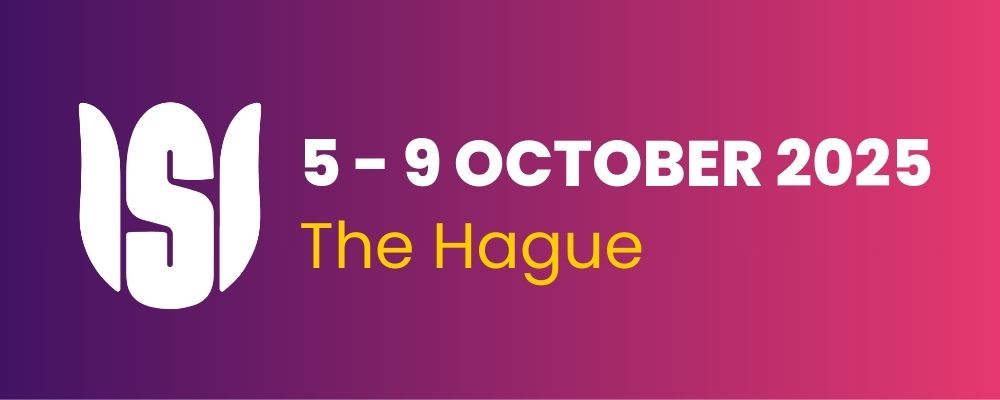Novel Bayesian Methodologies for High-Dimensional Challenges in Tensor MRI Data, Mixed-Type Responses, and Positronium Lifetime Imaging
Conference
65th ISI World Statistics Congress
Format: IPS Abstract - WSC 2025
Keywords: alzheimer's, bayesian-inference,, bayesian_modeling, brain, neuroimaging
Session: IPS 963 - Statistical Methods for Neuroimaging
Tuesday 7 October 8 a.m. - 9:10 a.m. (Europe/Amsterdam)
Abstract
Modeling high-dimensional imaging data in neuroimaging and medical science presents substantial challenges due to the complexity of datasets such as MRI scans and positronium lifetime imaging. These data typically exhibit mixed-type responses, high sparsity, and low-rank structures, rendering standard analytical techniques insufficient. This talk introduces a suite of Bayesian models specifically developed to address these computational challenges, offering a robust framework with a strong theoretical foundation for extracting meaningful insights from tensor image data. Our approach integrates Bayesian inference with advanced statistical methods, including global-local shrinkage priors, low-rank tensor decomposition, and Coordinate Ascent Variational Inference (CAVI) for efficient posterior approximation.
A central feature of these Bayesian models is the use of shrinkage priors, which manage sparsity by promoting sparse solutions in parameter estimation. This approach reduces overfitting and highlights key signals within high-dimensional data. The inclusion of low-rank tensor decomposition enhances the models further by capturing latent structures within the data, enabling effective dimension reduction and isolating significant sub-regions within MRI brain images. This approach is particularly suited for neuroimaging, where anatomical and functional dependencies among voxels can be represented as low-rank tensor structures, as well as for positronium lifetime imaging, where high precision is critical.
To address the computational intensity of high-dimensional data, we employ CAVI, a scalable technique that facilitates efficient posterior approximation in Bayesian models. By decomposing the posterior distribution into conditionally independent components and optimizing each in a coordinate-wise manner, CAVI provides a computationally feasible solution for large imaging datasets, ensuring accurate parameter estimation while outperforming traditional maximum likelihood estimators in both accuracy and computational efficiency.
Our models effectively capture dependencies across diverse response types, offering a versatile framework adaptable to various imaging modalities and complex data structures. This flexibility makes the framework particularly applicable across medical imaging contexts. For example, in MRI data, the model can capture subtle spatial correlations across brain regions, while in positronium lifetime imaging, it models the probabilistic relationships that characterize particle interactions.
In this talk, I will discuss the practical applications of these Bayesian models, highlighting how they address key challenges in neuroimaging and positronium lifetime imaging. I will also outline computational strategies developed to manage posterior complexity and scalability, demonstrating the enhanced performance of our approach compared to traditional methods. Through simulations and real-world applications, we illustrate the versatility and strength of our Bayesian framework in delivering precise, reliable inferences for high-dimensional imaging data.
In summary, this work advances statistical methodologies for complex, large-scale imaging data, offering valuable tools for practitioners in neuroimaging and medical physics. Our Bayesian models provide scalable, robust, and interpretable solutions, enabling more accurate analysis and interpretation of high-dimensional imaging data and paving the way for new insights and applications in these fields.
